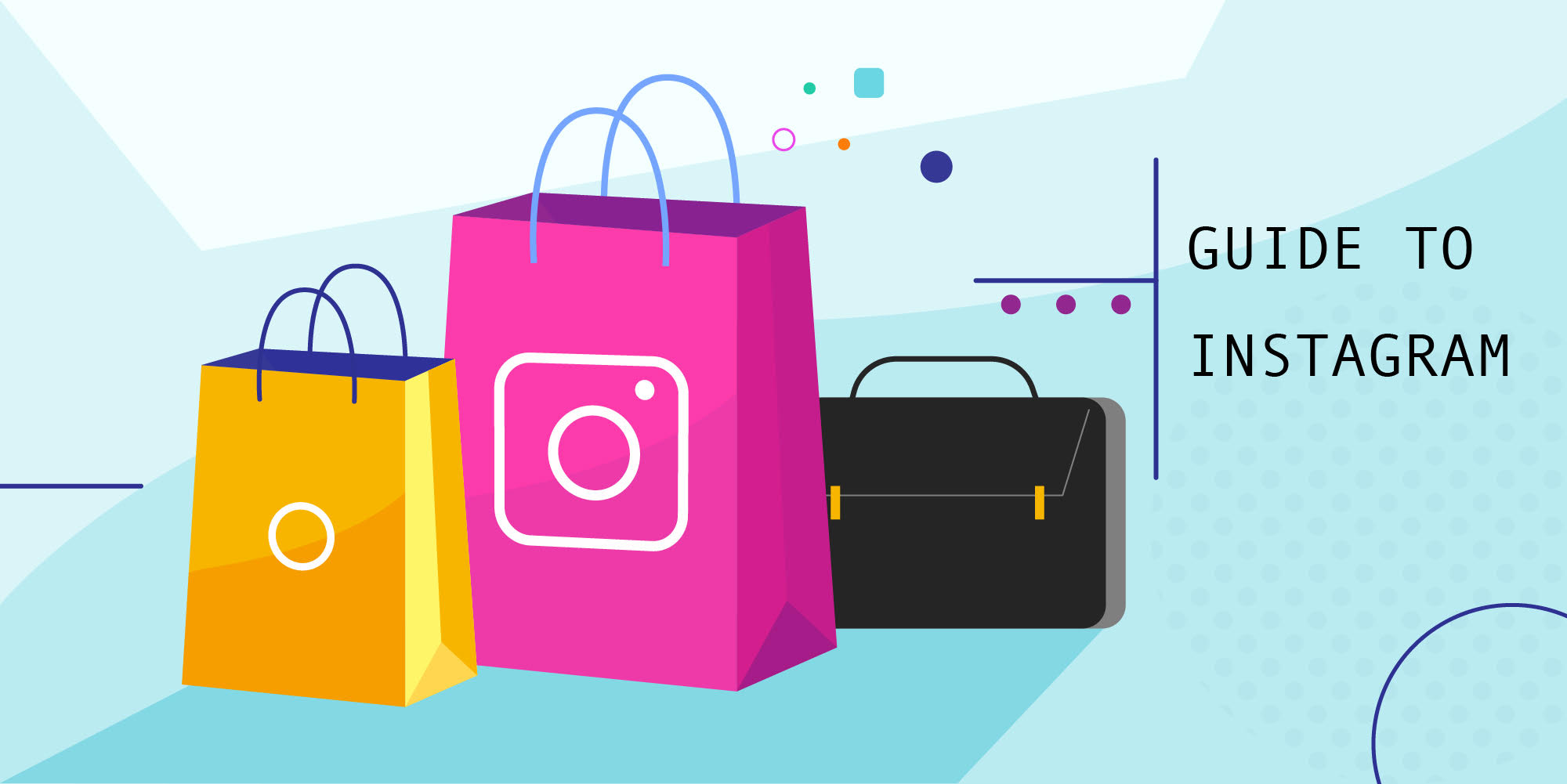On a fundamental level, what are the differences between traditional marketing and recruitment marketing? In both cases, businesses are seeking to familiarize a carefully selected target audience with their brand. In the digital era, both processes depend on campaigns and strategies that center around driving up engagement and clicks in order to entice people into a sale or recruitment funnel, and to convert those already in the funnel into buyers or applicants. Sure, recruitment marketers are trying to garner applications rather than purchases, but in the modern era these two goals don’t necessarily look all that different. This fact has a whole host of implications, but one of the most critical is that recruitment marketers can and should make use of the platforms that traditional marketers have historically had a monopoly on.
All of this brings us to Instagram. With more than one billion users (many of them Millennials or Generation Z-ers), it’s one of the world’s most exciting social networks—meaning that it’s an ideal venue for spreading your employer brand. The question is, how do you do so in an effective manner?
Treat it Like Snapchat
To begin with, you might be wondering how, exactly, you should be using Instagram in the first place. Simple: use it like Facebook. Or like Snapchat. Or like any number of social networking platforms whose functionality Instagram can mimic. Snapchat, for example, long had a monopoly on the so-called “Story,” a series of posts that vanish after a set period of time, but Instagram Stories are quickly gaining in popularity. As a result, they present an intriguing employer branding option. If you’re already on board with creating high quality visual content centering around your team (highlighting its hopes, aspirations, challenges, etc.), then the obvious next step is to turn some of that content into a coherent narrative that plays out over several photos. In this way, you can give your audience a glimpse into what life is like at your company. As your target personas see your team at work (and your EVP in action), they’ll be able to envision themselves in a new role at your company—whether they had been planning to change jobs or not .
Of course, Stories aren’t your only option. There are also Boomerangs (brief looping videos), as well as a host of other formats that give you a new vocabulary with which to tell the world what it is that’s unique about your business as a place of employment. Rather than suggesting that you use one in particular, we’re telling you to take full advantage of these options—see which ones best fit with the narrative that you’re trying to present to your potential future applicants. And remember, if you can do it on another social platform, there’s a good chance that you can do it on Instagram, meaning that it’s a great place to repurpose or recycle content that may have originated elsewhere.
Run Targeted Ads
Okay, so you’ve got a great content strategy in place designed to turn your Instagram followers into job applicants. How do you make sure that your content is being seen by the right people? Naturally, your posts will have more or less organic reach depending on your number of Instagram followers and the engagement rates that your posts garner. But if you want to be certain that you’re getting the most out of your content, we recommend utilizing paid ad campaigns. Instagram shares Facebook’s ad platform, which means that you’ll get a robust array of targeting options, from remarketing (which shows your content only to users who have already interacted with your website) to negative remarketing (which does the opposite—ideal for a first-touch campaign aimed at those who have never encountered your brand before).
Interestingly, the only thing that obviously differentiates ads from normal posts on Instagram is the presence of a call-to-action. On the one hand, this means that users might be more receptive to your messaging, and you should behave accordingly (i.e. don’t be afraid to get a little creative, or even a little sassy, if it befits your brand). On the other, it also means that you don’t have too much real-estate to work with for the purpose of optimizing conversions. For this reason, you should make certain that your CTAs all reroute to clean, easy-to-use landing pages that are specific to the action you want users to take, whether that’s applying for a particular job or signing up for a recruitment-focused e-mail newsletter.
Track the Right Metrics
With great power comes great responsibility; with Facebook’s ad targeting options, comes Facebook’s metrics and KPI tracking. Tracking your success is just as vital on Instagram as it is on other platforms, but it’s especially crucial to be sure that you’re tracking the right metrics. If, for instance, you’re actively using Instagram Stories to attract talent, you can and should track not just views, but completion rates (i.e. how many more people saw the first post than the last) and direct message rates (since Stories can’t be liked or shared, the only real engagement method is how many users send a direct message to your page after enjoying your story). In this way, you’ll get a sense of how effectively you were able to captivate your audience.
In general, the metrics that matter to you will depend on your recruitment goals for each individual campaign. If your primary concern is conversions, then you might want to use UTM parameters to track your referral traffic. If you’re trying to refine your employer brand and grow awareness, you might be better off tracking your increase in followers and engagement over time. Regardless of what metrics you deem to be important, by tracking them over time you can refine your approach, steadily improving your recruitment ROI on Instagram over time.









